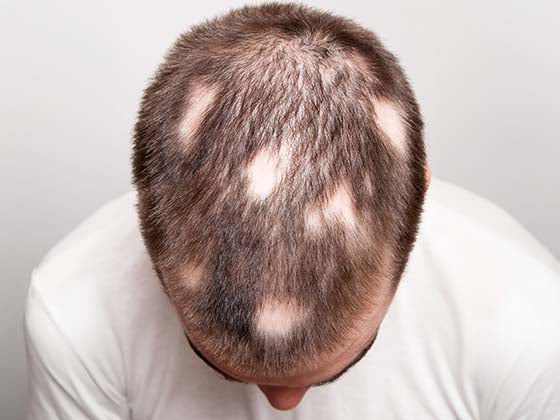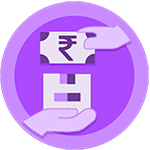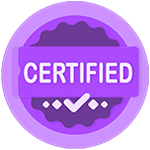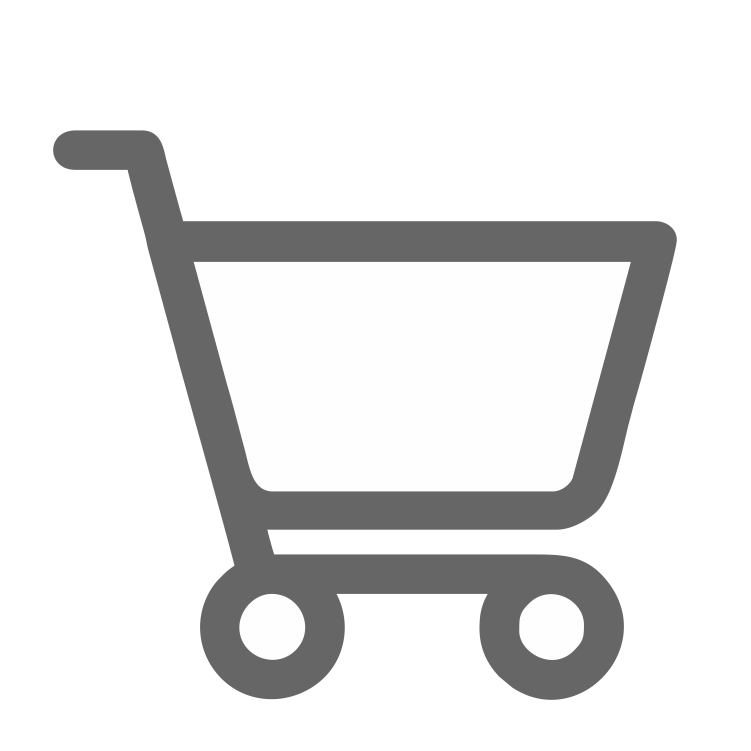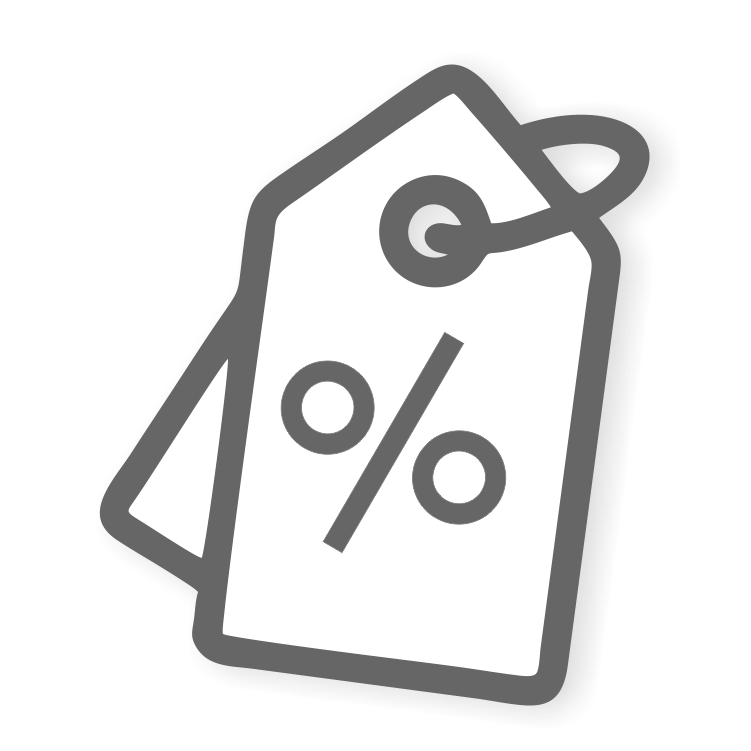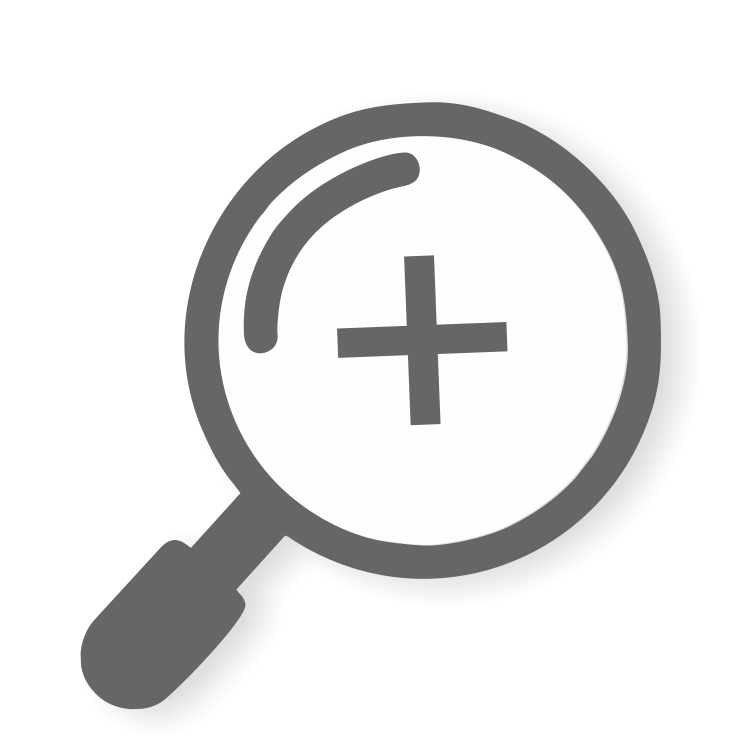When washing a baby’s hair, it's important to be gentle and choose products that are specifically formulated for their delicate skin and hair. Generally, baby shampoo is the best option for washing a baby’s hair, not soap. In this blog, we will study baby hair wash.
Understanding Baby Hair and Scalp Needs

Understanding your baby's hair and scalp needs is critical for providing optimal care and encouraging healthy hair growth. Babies' skin, including their scalp, is far more sensitive than an adult's, thus their hair care routine must be soft. Understanding baby's hair and scalp needs, such as scalp sensitivity, hair development phases, moisture and oil balance, selecting baby shampoo and products, washing baby's hair gently, preventing and treating Cradle Cap, and providing sun protection.
Baby Scalp Sensitivity: What Makes It Different?

The sensitivity of a baby's scalp varies greatly from that of an adult's, and recognizing these differences is crucial for effective therapy. Here are some of the reasons a baby's scalp is sensitive and requires special care: delicate skin structure, undeveloped sebaceous glands, vernix caseosa at birth, higher infection risk, product absorption, cradle cap and flaky skin, and sensitivity to temperature fluctuations.
How Baby Hair Differs from Adult Hair

Babies' hair differs from adult hair in various respects, including growth cycles, texture, and density. Understanding these characteristics will allow you to properly care for your baby's hair as it grows. Here's how baby hair differs from adult hair.
-
Texture and thickness: Baby hair is thinner, softer, and more sensitive than adult hair. This is because babies' hair follicles create softer strands, as opposed to the thicker, stronger hair that adults have. Many newborns are born with very little or thin, scant hair. Although their hair increases as they develop, it stays softer and finer than that of adults.
-
Hair growth cycle: Babies' hair has a distinct growth cycle than adults'. A newborn's hair frequently falls out in the first few months (usually within the first 3-6 months), which is a normal occurrence. As part of the natural growth cycle, new hair replaces the old. Some kids are born with soft, fine hair called lanugo that covers their entire body and scalp. This hair is normally removed at the age of six months and replaced by more permanent, thicker hair.
-
Hair color: A baby's hair color may vary throughout time. Babies are frequently born with lighter-colored hair (blonde, light brown, or no visible hair at all), but it can darken as they grow older, particularly during the first year. Genetics play a big role in determining a baby's eventual hair color, which may differ from the hue they were born with.
-
Scalp and hair growth patterns: Babies have a soft region on their heads called the fontanelle, where the skull has not entirely fused. This area does not affect hair development, but it does increase scalp sensitivity. Hair development patterns, particularly where it is thicker or thinner, may differ from those of adults. Many babies lose hair between 3-6 months, notably in regions where they often massage their head. This is natural and transitory; the hair will generally regrow.
-
Sebum production: Babies' sebaceous (oil-producing) glands are not fully matured, resulting in significantly drier hair than adults'. While kids do produce some oil, it is not as much as in adults, resulting in drier, more sensitive hair that requires more careful maintenance. Babies are prone to cradle cap, a disorder caused by immature sebaceous glands that mix excess oil with dead skin cells to form flaky, yellowish patches. This condition normally resolves on its own but may necessitate moderate treatment.
-
Growth rate: After birth, babies' hair grows more slowly than adult hair. Baby hair normally grows at a rate of 1/4 to 1/2 inch each month in its early stages. As babies near the 6-month mark and beyond, their hair growth rate may accelerate.
-
Vulnerability to external factors: Baby hair is more sensitive to damage due to its softer and finer texture. Harsh brushing, vigorous shampooing, or utilizing adult hair care products can easily harm the strands or irritate the sensitive scalp. Babies' hair and scalp are particularly vulnerable to the sun since their skin and hair follicles haven't fully acquired UV protection. When kids go outside, they should wear hats or use baby sunscreen to protect their scalp from the sun.
-
Absence of a natural hair pattern: Unlike adults, babies lack a distinct "hair type" such as straight, wavy, or curly. As they grow, their hair texture may change to one of these varieties, but it is not entirely determined during infancy. Their hair texture and color may change during the first year, so you may not be able to determine their natural hair type until they are older.
Why a Gentle Hair Care Routine Matters

Babies' skin and hair are significantly more delicate and sensitive than adults', thus they require a careful hair care routine. Proper care reduces discomfort, inflammation, and long-term scalp disorders while encouraging healthy hair development. Here are some of the reasons why a gentle routine is important: It protects the scalp and skin, promotes healthy hair development, avoids scalp irritation, provides emotional comfort, builds healthy habits, and reduces the chance of allergies or sensitivities.
Baby Soap vs. Baby Shampoo: Which One to Choose?

When picking between baby soap and baby shampoo, the key difference is how each product works with your baby's skin and hair. Both products are gentle; however, one may be more appropriate for your baby's hair care needs.
Baby soap:
Baby soap is typically designed to clean your baby's skin and is better suited for the body than the scalp. Here's why.
-
Gentle on skin: Baby soap is designed to be gentle and hydrating, making it ideal for cleansing your baby's sensitive skin. It typically has fewer chemicals, perfumes, and harsh substances.
-
Mild cleansing: It cleans the baby's skin without removing natural oils, reducing dryness and irritation.
-
Moisturizing properties: Many baby soaps include moisturizing components such as glycerin or aloe vera to keep your baby's skin soft and nourished.
-
Suitable for bath time: Soap is commonly used to wash your baby's body, especially regions where hair and skin meet, such as behind the ears or beneath the chin.
Baby shampoo:
Baby shampoo is specially formulated for your baby's hair and scalp. Here's why you should use baby shampoo to wash your baby's hair.
-
Gentle on scalp and hair: Baby shampoos are designed to be gentle on your baby's sensitive scalp and fine hair. They normally have a tear-free composition that does not irritate the eyes if it goes in.
-
Mild cleansing: Baby shampoos are designed to cleanse the hair without removing the natural oils that your baby's scalp requires for hydration and protection. This helps to maintain their hair silky and healthy.
-
Prevents dryness and flakiness: Moisturizing ingredients such as chamomile, aloe vera, or vitamin E are frequently included to baby shampoos to soothe and hydrate the scalp, preventing dryness or flaky patches.
-
Tear-free formula: Most baby shampoos are particularly made to avoid stinging in the eyes, making bath time more enjoyable for your child.
-
Scalp care: Baby shampoo helps to maintain your baby's scalp health, especially in the early months when they may have cradle cap or dryness.
Key Differences Between Baby Soap and Shampoo

The primary distinctions between baby soap and baby shampoo are based on its formulation, intended use, and interactions with a baby's sensitive skin and hair. Here is a breakdown of the differences:
-
Purpose: Baby soap is primarily intended for cleaning the skin and body. It is designed to be gentle and moisturizing, reducing dryness and irritation while bathing your baby. On the other hand, baby shampoo is formulated specifically to clean the hair and scalp. It promotes a healthy scalp while being gentle on delicate baby hair.
-
Formulation: Glycerin, aloe vera, and other moisturizing agents are popular constituents in baby soap, which protects and hydrates your baby's skin. Typically has a creamier, richer texture. Typically free of artificial scents, colors, and harsh chemicals like sulfates and parabens. Baby Shampoo, on the other hand, contains a gentle cleansing agent that cleans the hair without destroying the scalp's natural oils. It frequently includes calming substances such as chamomile, aloe, and vitamin E. Designed to be tear-free, it will not sting or irritate your baby's eyes.
-
Skin vs. hair focus: Baby soap is primarily made for the skin, not the hair. It is ideal for cleaning the body, including the face, neck, and arms. Baby soap is not recommended for cleaning the scalp or hair since it can leave residue and dry the hair. On the other hand, baby shampoo is intended for use on the scalp and hair. It keeps the baby's hair silky, healthy, and manageable. It focuses on being gentle to avoid scalp problems such as dryness, cradle cap, and inflammation.
-
Tear-free formula: Some baby soaps may not be specifically tear-free, but many are mild. If the soap gets into the eyes, it may irritate or sting. On the other hand, most baby shampoos are tear-free, which prevents stinging if they accidentally get into your baby's eyes. This makes them better suited for washing hair without causing discomfort.
-
Texture and lather: Baby soaps typically have a thicker texture and produce a rich lather when applied to the skin. They may leave behind a smooth or moisturizing finish. The lather is ideal for swiftly covering broad regions of the body. In contrast, baby shampoos have a lighter, runnier texture than soap. They provide a mild lather for the scalp and hair. They're designed to be readily rinsed away, leaving little residue.
-
Moisture and hydration: Baby soap, which is frequently enriched with moisturizing substances like shea butter or glycerin, moisturizes the skin and is thus suitable for body washing. However, it is not intended to provide moisture to the hair, and extended use may result in dryness. Baby shampoo, on the other hand, contains chemicals that moisturize and soothe the scalp while not overdrying it, making it excellent for daily hair cleaning. Designed to keep moisture levels stable, especially on the scalp, without creating flakes or dryness.
-
Usage frequency: Baby soap is more commonly used for daily body cleansing. It is gentle enough to be used regularly when bathing. On the other hand, baby shampoo is typically used to wash the hair 2-3 times a week. Overuse can cause scalp dryness, so avoid using it daily unless required.
Ingredients to Look for in Baby Hair Wash Products

Key Ingredients to Look for in Baby Hair Wash Products:
-
Aloe Vera: It is popular for its calming and hydrating effects. It hydrates the scalp, reduces inflammation, and can even treat cradle cap. It is mild on the skin and has a cooling effect, making it great for relieving inflammation and dryness.
-
Chamomile extract: It is a natural extract that has anti-inflammatory and relaxing effects. It also soothes sensitive skin and reduces redness and irritation. It is extremely mild and soft, making it suitable for a baby's delicate scalp and skin. It can also add a subtle natural gloss to the hair.
-
Glycerin: It is a natural humectant that absorbs moisture from the air into the skin or hair, thereby keeping the scalp and hair nourished. It is extremely soft and keeps the skin and scalp hydrated, reducing dryness, which is especially vital for a baby's sensitive skin.
-
Coconut oil: It contains fatty acids that nourish and moisturize the scalp and hair. It helps with detangling and adds shine without being oily. It contains natural antifungal and antibacterial characteristics, making it ideal for relaxing the scalp and avoiding scalp problems such as cradle cap.
-
Vitamin E: It is known for its antioxidant capabilities, which assist to preserve the skin and hair from environmental stresses. It also improves hair development and softens the skin. It nourishes and protects fragile skin while also encouraging healthy hair growth, making it an ideal complement to infant hair care products.
-
Calendula extract: It is commonly used in herbal medicines and has anti-inflammatory, antifungal, and calming effects. It soothes sensitive skin and aids healing. It is especially beneficial for babies with sensitive or inflamed skin. Calendula can help prevent rashes and other skin disorders.
-
Lavender extract: It is a natural relaxing agent with modest antibacterial qualities. It can help newborns relax and avoid skin irritations. Its calming impact may transform bath time into a relaxing experience, and it's gentle enough for baby skin. It also induces relaxation, which is ideal for nighttime practices.
-
Oat extract: It is well-known for its ability to relieve itching, dryness, and irritation in the skin. It retains skin moisture and has a relaxing effect. It's soothing and non-irritating, making it ideal for delicate skin. It is especially good for infants with eczema or dry skin.
-
Rosemary extract: It contains antibacterial properties that can help cleanse the scalp and enhance circulation. It is also known to stimulate hair growth. Though rosemary can be stimulating, it's safe in tiny doses in infant products, where it can help prevent scalp disorders and gently cleanse hair.
-
Mild surfactant: It contains cleansing ingredients that allow the product to lather and clean properly. Mild, naturally produced surfactants are ideal because they are kinder to the baby's skin and hair. Harsh surfactants, such as sodium lauryl sulfate (SLS), can irritate the scalp and deplete the hair of vital oils. Plant-derived surfactants, such as sodium coco-sulfate, are both safe and effective in baby hair care solutions.
-
Citric Acid: It helps to balance the pH of the product, making it gentler on the baby's skin and hair. It also helps keep the product from getting overly alkaline. Babies' skin is particularly delicate, and high pH products can easily irritate it. Citric acid ensures that the baby hair wash is pH balanced and safe.
-
Jojoba oil: It's similar to the natural oils produced by your scalp. It moisturizes and nourishes the scalp and hair without leaving any oily residue. It is mild and non-comedogenic (does not clog pores), making it ideal for newborn scalp care. It also promotes silky and lustrous hair.
How Each Option Affects Baby’s Hair and Scalp

Each ingredient in infant hair wash solutions serves a unique purpose, such as relaxing the scalp, adding moisture, protecting hair, or boosting growth. For the best results, search for a hair shampoo that contains a combination of these helpful elements, ensuring that it is both mild and nutritious to your baby's sensitive scalp and hair.
Tips for Washing Your Baby’s Hair the Right Way

Washing your baby's hair is an important part of their hygiene routine, but it takes additional care and attention because of their sensitive skin and fine hair. To ensure a gentle and enjoyable experience for both you and your baby, choose the right baby shampoo, prepare a calm, comfortable setting, gently wet your baby's hair, apply a small amount of shampoo, massage the scalp gently, rinse thoroughly, gently dry your baby's hair, be mindful of their comfort, avoid getting soap in their eyes, use a soft brush for extra care, and consider using a baby-friendly rinse.
How Often Should You Wash a Baby’s Hair?

The frequency with which you should wash your baby's hair is determined by a variety of factors, including their age, skin type, and overall scalp and hair health. For most babies, shampooing their hair 2-3 times per week is sufficient to maintain it clean and healthy. Overwashing can remove the natural oils that protect the scalp and make hair silky. Here's a more extensive look at how frequently you should wash your baby's hair.
-
Newborns (0-3 months): The frequency is once or twice a week. Newborns have delicate, fine hair and a sensitive scalp, thus washing their hair too frequently is not recommended. Their scalps produce less oil, therefore they are less filthy than older babies. Washing too frequently can dry up their scalp. A gentle rinse with water is generally sufficient. If your newborn has cradle cap, gently stroking their scalp with a gentle brush after bathing can be beneficial.
-
Infants (3-6 months): The frequency is 2–3 times each week. As your baby grows, they begin to produce more oils, which may cause accumulation on their scalp from sweat, oils, or cradle cap. This is a terrific time to start a regular washing routine. You can continue to use a gentle, tearless baby shampoo. If your infant gets cradle cap, use a light baby shampoo with aloe vera or coconut oil to help manage it.
-
Older babies (6-12 months): The frequency is 2–3 times per week, or as needed. As babies develop, their activity level increases, and their scalp may create more oils. You may notice their hair become greasier, particularly if they are drooling or beginning to ingest solid foods. At this point, you can vary the frequency depending on your baby's hair type and scalp health. If your baby's hair is fine, 2-3 times a week is usually plenty. However, if they have thicker hair or are extremely active and sweaty, you may need to wash their hair more frequently.
-
Toddlers (12+ months): The frequency is 2–3 times each week. As your child grows older, they may begin to participate in more activities that cause them to sweat or become dirty, such as crawling, playing outside, or eating with their hands. Their hair may need more regular cleansing. Toddlers tend to have thicker hair, therefore regular washing (2-3 times a week) should be enough. To avoid drying out their scalp, use moderate, hydrating baby lotions.
Steps to a Safe and Gentle Baby Hair Wash Routine

A safe and gentle infant hair wash routine is vital for keeping your baby's scalp and hair clean, healthy, and irritation-free. Babies have sensitive skin and fine hair, so use gentle procedures and products. Gather all of your supplies, prepare the bath area, wet baby's hair softly, apply shampoo gently, rinse thoroughly, dry baby's hair gently, brush or comb (optional), and continue with a gentle routine.
Common Mistakes to Avoid When Washing Baby Hair

Washing your baby's hair requires special care because their scalp and hair are so sensitive. Even well-intended activities might produce annoyance, discomfort, or other problems if not executed correctly. Some common mistakes to avoid when washing your baby's hair, as well as tips for doing it correctly, include using harsh shampoos, washing too frequently, using hot water, pouring water directly over the baby's head, scrubbing the scalp too hard, not rinsing enough, using a rough towel, using a blow dryer, failing to protect the baby's eyes and ears, using adult shampoos or soaps, and skipping regular hair checks.
Final Thoughts: Choosing the Best Hair Wash for Your Baby

Choosing the right hair wash for your baby is crucial because it affects the health of their delicate scalp and fine hair. Some final thoughts to help you make the best choice for your child include focusing on gentle and safe ingredients, considering your baby's scalp and hair type, opting for tear-free and non-irritating formulas, sticking to a simple routine, looking for dermatologist-tested and pediatrician-approved brands, considering eco-friendly and sustainable options, and selecting a product you trust. Choose the appropriate baby shampoo to keep your baby's hair clean and healthy while also making bath time more fun for both of you.


